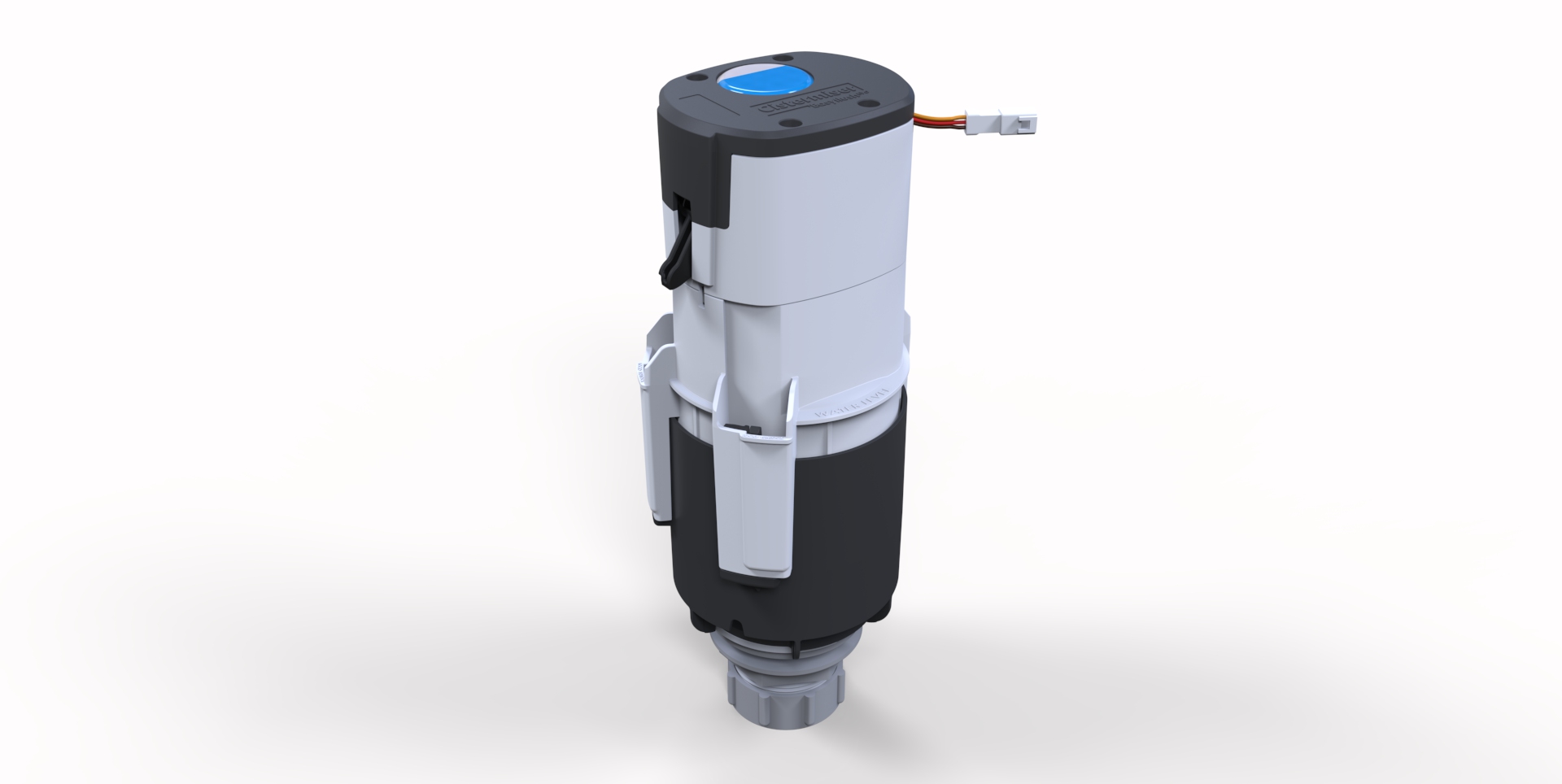One of CIPHE's Industrial Associates is Cistermiser.
Who is Cistermiser? Find out more in their profile below:

Rectifying leaks from dual flush toilets
While dual flush toilets were primarily designed to save water, some models can leak – potentially wasting millions of litres of clean, fresh water every day. David Meacock, technical director at Cistermiser, explains how a simple flush valve upgrade can ensure dual flush toilets perform as intended and save water over their lifespan.
Over the last two decades, dual flush toilets have become increasingly popular for domestic, commercial and public sector environments – it is our belief that they represent the majority of the UK toilet market. They were designed to help reduce water consumption in line with the requirements of the Water Supply (Water Fittings) Regulations 1999, which restrict the amount of water that flushing devices are permitted to use. In theory, the smaller, part flush should use four litres of water and the larger, full flush should use six litres. To put the potential savings into perspective, a maximum of 7.5 litres per flush was allowed prior to the regulations.
However, not all dual flush toilets are water efficient, with some models unfortunately being prone to leaks. The issue typically lies with the flush valve. Traditional single flush toilets operate with a siphon, but dual flush toilets usually have a drop flush valve. Three separate studies found that around 80 per cent of leaking toilets had a drop flush valve mechanism rather than a siphon. Drop valves generally start to leak because the flush seal naturally degrades over time. The seal tends to be situated below the cistern’s water line, and limescale deposits and debris (commonly found in cistern water) can cause degradation, as can chemicals if they are also present in the water.
According to Waterwise, between five and eight per cent of UK toilets are leaking, wasting as much as 400 million litres of clean, fresh water every day across domestic and non-domestic buildings. It’s estimated that a third of commercial washrooms have at least one leaky toilet. Each one could be wasting between 215 and 400 litres of water on average per day, and six leaking toilets could increase a building’s water bill by £2,500 a year.
Unfortunately, it is not easy to detect leaks, and they can be present for some time before they are identified. In fact, research suggests that a leak needs to reach around 300 litres of water a day before the issue is recognised (at the point when the leak becomes audible or more visible or water bills become noticeably higher).
Given that the UK’s water resources are under increasing pressure and water shortages are already a reality in some parts of the country, significant concern has been raised over ‘leaky loos’. One of the strategic objectives of the Waterwise UK Water Efficiency Strategy to 2030 is to make leaking toilets ‘a thing of the past’, and the topic is so notorious there has even been speculation in the media that dual flush toilets could be withdrawn from the market.
Taking action to resolve water wastage from dual flush toilets can have a hugely positive impact on UK water resources. We therefore strongly advise our clients to continually monitor for leaks (leak strips or dry toilet paper can be placed on the back of the pan – if they become wet, there is a leak) and to quickly contact a plumbing engineer to rectify any that are identified.
In terms of the options available, degraded flush seals can be replaced – but this is likely to prove false economy. While seals are inexpensive, they will also probably degrade over time, leading to further leaks. Upgrading the valve to a solution that is guaranteed to prevent leaks will be more cost effective in the long term. Our EasyflushEVO, for example, is a revolutionary siphonic flushing valve that was engineered to not leak. Unlike with drop valves, there is no flush seal below the water line, so it will not leak due to debris, scale or degradation of the seal. EasyflushEVO is ideal for newbuild applications or can be easily retrofitted, in either a dual flush or single flush configuration. Each unit can save up to 146,000 litres of water per year and a return on investment can be achieved in just seven months.

Pic: EasyflushEVO
While it is true that some dual flush toilets can leak, the issue can be quickly resolved with a simple change to the flush valve – saving thousands of litres of water and reducing water bills. For more information on EasyflushEVO, please visit www.cistermiser.co.uk.


